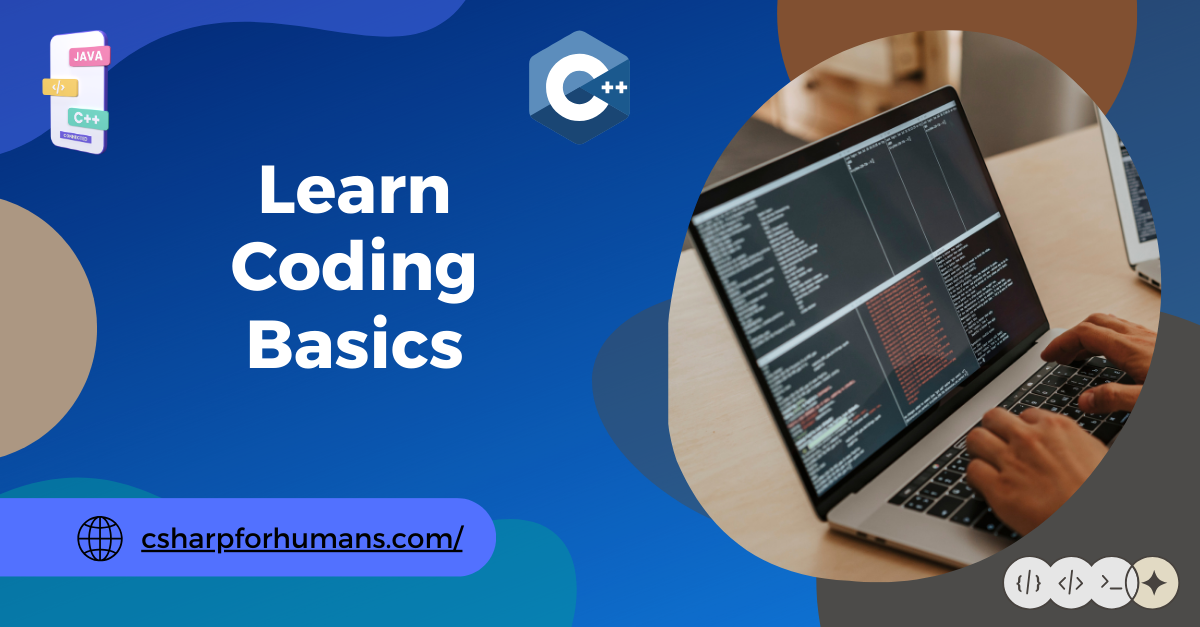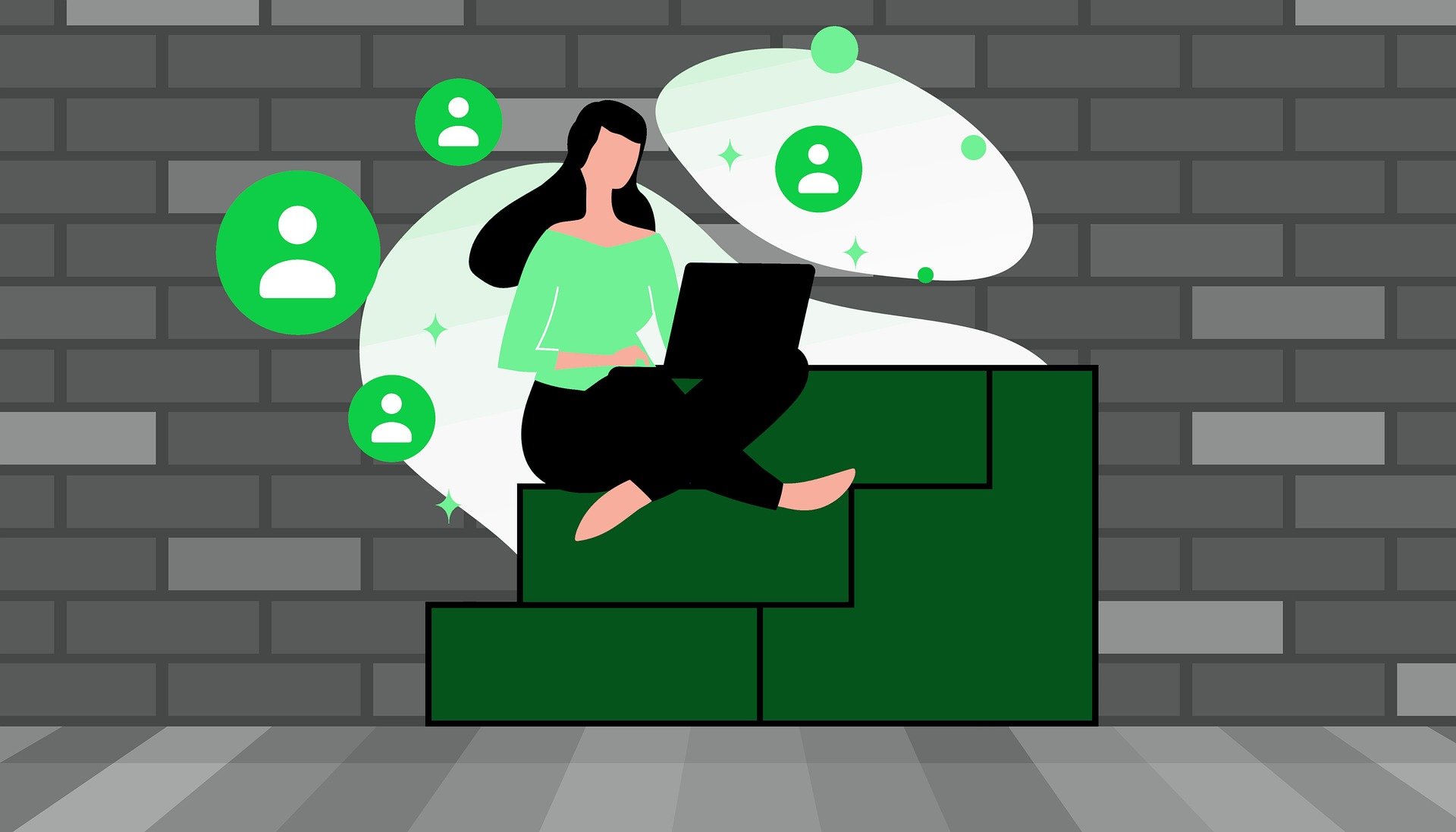Learn Coding Basics with This Free C# Tutorial

If you’ve ever wanted to dive into coding, starting with C# (C-Sharp) is a fantastic choice! Known for its simplicity, structure, and power, C# is a language used by beginner programmers and professional developers alike. This guide is designed to make C# accessible to everyone, even if you’ve never coded before. So, get ready to unlock the basics of coding with this free C# tutorial. Let’s start coding!
What Is C# and Why Should You Learn It?
C# is a programming language developed by Microsoft, widely used for creating desktop applications, games, and web applications. It’s known for being user-friendly and versatile, making it a top choice for beginners.
Why C# Is Perfect for Beginners
- Easy to Learn: C# has a syntax that’s easy to understand, even for those new to programming.
- Versatile Applications: From gaming to web applications, C# can be used for a range of applications.
- Strong Community and Support: With Microsoft backing it, C# has a solid community and ample resources available.
Setting Up Your Coding Environment
Before you start writing code, you need to set up a suitable coding environment. This is where you’ll write, test, and execute your C# code.
Download Visual Studio Code
Visual Studio Code is a free, user-friendly editor that is perfect for C# coding.
Steps to Download Visual Studio Code
- Go to the Visual Studio Code website.
- Select the version compatible with your operating system.
- Install it and follow the prompts.
Install .NET SDK
C# runs on the .NET framework, so you’ll need to install the .NET SDK to compile and run your C# programs.
Steps to Install .NET SDK
- Visit the .NET website.
- Download the latest version of the SDK.
- Follow the installation steps.
Getting Started with C#: Your First Program
Now that your environment is set up, it’s time to write your first C# program. We’ll start with the classic “Hello, World!” example.
Writing the Code
Open Visual Studio Code, create a new file, and name it HelloWorld.cs. Then, type in the following code:
Running Your Program
- Open your terminal.
- Navigate to the folder where
HelloWorld.csis saved. - Run the following commands:
You should see “Hello, World!” displayed on the screen!
Understanding the Basics of C# Syntax
Let’s break down the elements of the “Hello, World!” program to understand the basics of C# syntax.
Namespaces and Using Statements
- Namespaces: In C#, namespaces organize code into a structured format.
- Using Statements: The
using System;statement allows access to essential C# functionality without having to fully qualify every object.
Classes and Methods
- Classes: Classes are the building blocks of C#. Each C# program contains at least one class, which holds the code.
- Methods: Methods perform actions. The
Mainmethod is the entry point of a C# program.
The Console.WriteLine Method
Console.WriteLine outputs text to the console. It’s one of the simplest ways to interact with the user.
Variables and Data Types in C#
Variables are used to store data, and each variable has a data type that determines what kind of information it can hold.
Common Data Types
- int: Stores whole numbers.
- double: Stores decimals.
- string: Stores text.
- bool: Stores true/false values.
Declaring Variables
Operators in C#
Operators are symbols that perform operations on variables. Let’s look at a few key types.
Arithmetic Operators
- + for addition
- – for subtraction
- * for multiplication
- / for division
Comparison Operators
- == equal to
- != not equal to
- > greater than
- < less than
Conditional Statements: Making Decisions in C#
Conditional statements allow your program to make decisions based on certain conditions.
If-Else Statements
Switch Statements
Switch statements offer an alternative to multiple if-else conditions.
Loops in C#: Repeating Actions
Loops let you repeat a block of code multiple times.
For Loop
While Loop
Functions in C#: Organizing Your Code
Functions (also known as methods) let you organize code into reusable blocks.
Creating a Function
Calling a Function
Once you’ve defined a function, you can call it by its name.
Working with Arrays in C#
Arrays are collections of variables stored in a single variable.
Creating an Array
Accessing Array Elements
Introduction to Object-Oriented Programming in C#
Object-Oriented Programming (OOP) is a popular programming paradigm in C#.
Key Concepts of OOP
- Classes and Objects
- Encapsulation
- Inheritance
- Polymorphism
Creating a Class and Object
Debugging Your C# Code
Debugging is a critical skill in programming. Visual Studio Code provides several tools to help you identify and fix errors in your code.
Common Errors to Watch Out For
- Syntax Errors: Misspelled keywords or missing semicolons.
- Runtime Errors: Errors that occur when the program runs.
- Logical Errors: Errors in the logic that make the program behave unexpectedly.
Tips for Continuing Your C# Journey
- Practice Regularly: Write code daily to build your skills.
- Experiment with Projects: Try small projects like a calculator or to-do list.
- Join Coding Communities: Forums and groups can help you learn and get support.
Conclusion
Congratulations on taking the first steps into C#! C# opens up a world of possibilities, from building simple applications to complex software. Keep practicing, experimenting, and building, and soon you’ll master the basics and move on to advanced concepts.
FAQs
1. Is C# a good language for beginners?
Yes, C# is beginner-friendly with clear syntax and extensive resources.
2. What can I create with C#?
You can create web apps, desktop applications, games, and more with C#.
3. Do I need a strong computer to code in C#?
No, most computers can run C# programs, especially for beginner projects.
4. How long does it take to learn C#?
It varies, but with consistent practice, you can learn the basics in a few weeks.
5. Are there any free resources for learning C#?
Yes, there are many tutorials, documentation, and online courses to help you learn C# for free.


